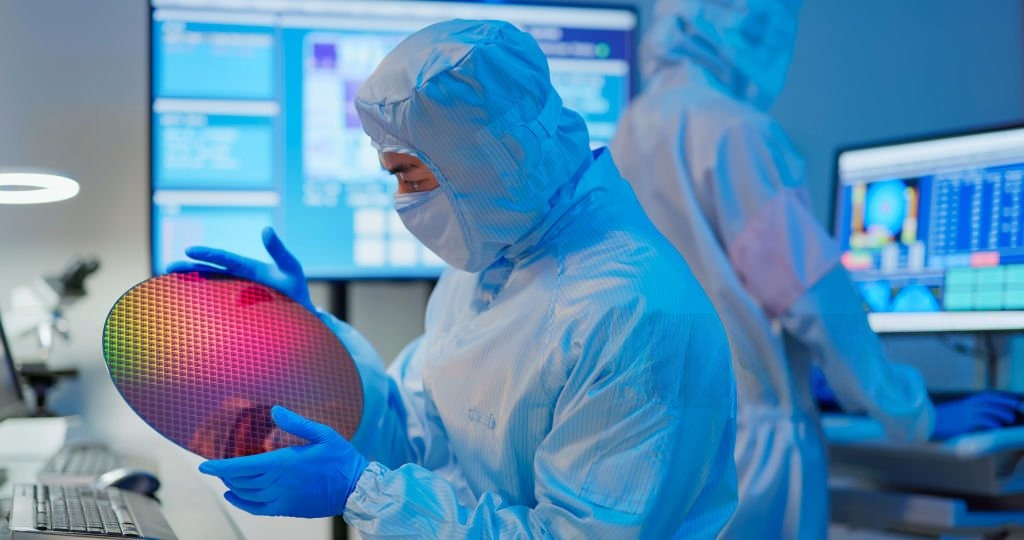SiC Schottky Diodes with MPS for High Power Use
SiC Schottky Diode with Merged PN Schottky (MPS) Structure Overview
Silicon Carbide (SiC) Schottky diodes have become essential components in modern high-efficiency power electronics. To address the limitations of conventional SiC Schottky diodes—particularly in reverse leakage and surge robustness—engineers have developed a hybrid structure known as the Merged PN Schottky (MPS) diode.
What Is a Merged PN Schottky (MPS) Diode?
The MPS diode is an advanced semiconductor device that integrates two key rectifying components: a Schottky contact and a P-type (PN) junction. The Schottky contact ensures fast switching speed and low forward voltage drop, while the P-type region introduces a PN junction that significantly enhances the reverse blocking capabilities.
This dual-structure design allows the MPS diode to combine the best properties of both traditional PN and Schottky diodes. Under forward bias conditions, the Schottky barrier dominates, minimizing conduction losses. Under reverse bias, the P+ regions become active, suppressing reverse leakage current and enabling higher breakdown voltage. This results in a more robust and thermally stable device suitable for demanding applications.
Structural Design of the MPS Diode
In a typical MPS structure, alternating P+ regions are embedded beneath the Schottky metal contact and interleaved within the N- drift layer. The Schottky barrier is formed between the metal and the N-type silicon carbide, while the P+ regions form PN junctions with the drift region.
These P+ implants are strategically placed and optimized in terms of width, depth, and spacing to ensure a balance between on-state performance and reverse blocking characteristics. When the diode is in reverse bias, the depletion region from the PN junction expands, preventing current from leaking through the Schottky barrier alone. This mechanism effectively limits reverse leakage current and improves surge current ruggedness.

Advantages of the MPS SiC Diode Structure
- Low Reverse Leakage: The PN junction formed by the P+ region suppresses reverse current significantly better than a pure Schottky structure.
- Improved Surge Current Capability: During high reverse bias or surge events, the PN junction supports the blocking voltage, protecting the diode.
- Reduced Electric Field Crowding: The P+ regions help spread the electric field more evenly, reducing peak field stress on the Schottky contact.
- High Temperature Stability: SiC's wide bandgap and the MPS structure enable reliable operation in harsh thermal conditions.
Comparison: Traditional SiC Schottky vs MPS Diode
| Feature | Conventional SiC Schottky | MPS SiC Diode |
|---|---|---|
| Reverse Leakage | High | Low |
| Surge Current Capability | Poor | Good |
| Switching Speed | Excellent | Excellent |
| Reverse Recovery Time | Near zero | Near zero |
| Thermal Stability | Good | Excellent |
Applications of MPS SiC Diodes
Thanks to their balanced performance, MPS-type SiC Schottky diodes are widely used in high-frequency, high-efficiency power circuits. These include:
- Switch-mode power supplies (SMPS)
- Electric vehicle (EV) onboard chargers
- Solar inverters and photovoltaic systems
- Power factor correction (PFC) circuits
- Motor drives and industrial power modules
Conclusion
The Merged PN Schottky (MPS) structure is a major advancement in SiC Schottky diode technology. By intelligently combining a Schottky barrier with embedded PN junctions, the MPS diode delivers exceptional reverse blocking, minimal leakage, and superior thermal performance. It offers a compelling solution for engineers seeking high-performance, rugged diodes in next-generation power electronics.

